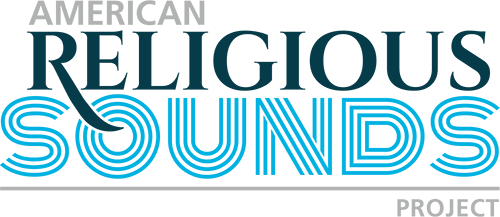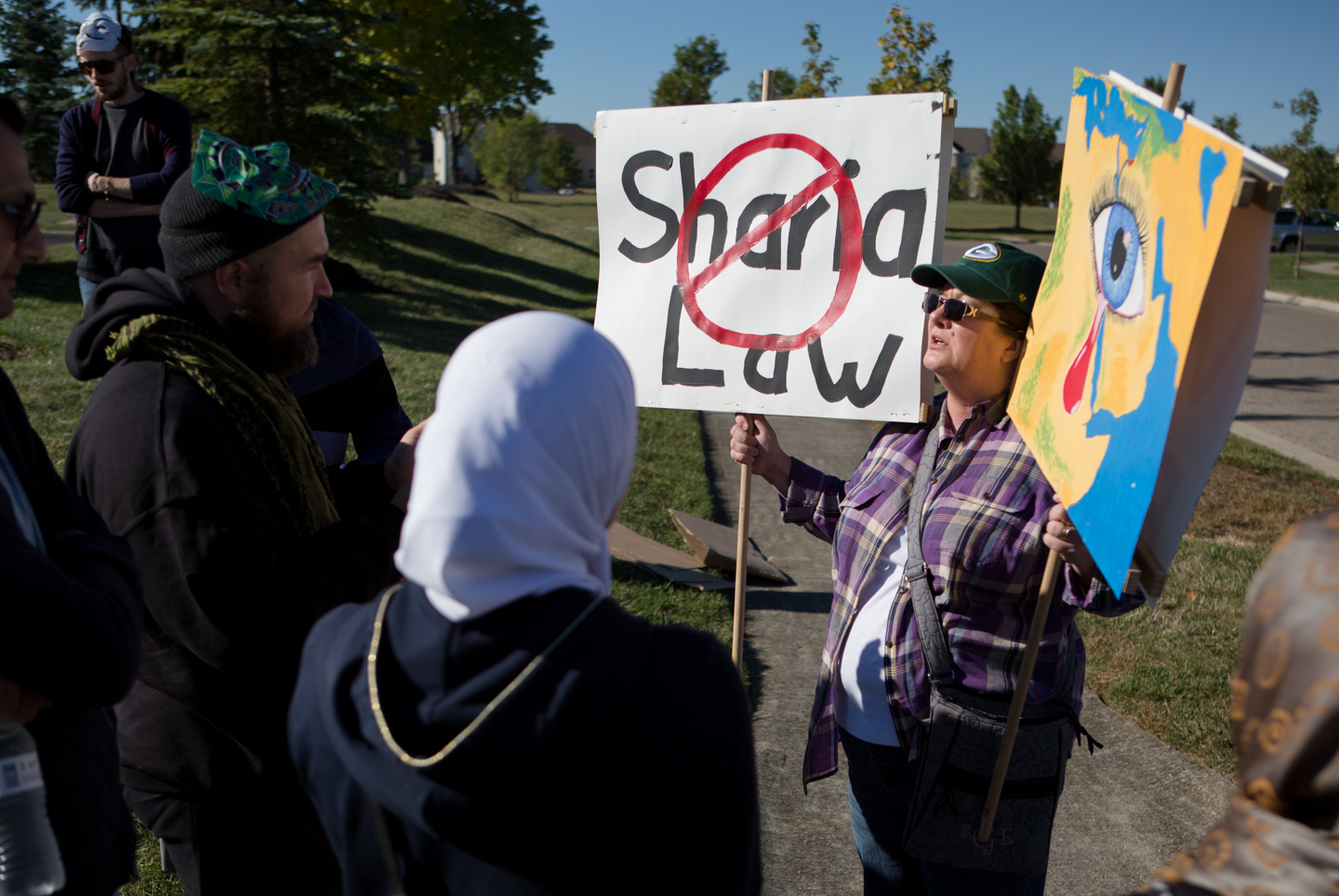From the Visual to the Sonic
by Lauren Pond
As the ARSP multimedia content producer, I create audio clips, collages, and essays from recordings gathered by the project’s student and staff researchers. In my editing, I try to tease out specific themes (such as food and drink in religious practice, and the presence of religion during protests, to name a couple). I also call attention to unexpected sounds, such as the roar of a landing plane during a Serbian Orthodox chapel blessing, or the rumble of idling semi-tractor trailers just outside of a travel center chapel.
However, my focus on religious sound is relatively new. My background is primarily in documentary photography. Since 2010, I have specialized in documenting faith and religion, and have used my camera to explore both formal religious rituals and the intersection of belief with life and culture. Before the ARSP, I had experience working with audio, but I still thought of it mostly as an accompaniment to visual media.
When I joined the ARSP team in 2015, I primarily thought of myself as a photographer who happened to carry a recorder. Now, though, I often see myself as a recordist who happens to carry a camera. Making this transition from imagery to sound – from visual to sonic documentation – has been a challenging process at times, but one that I have ultimately embraced. Sound, I’ve learned, has a rich capacity to cultivate both intimacy and empathy.
In the autumn of 2015, before Donald Trump came on the scene, an anti-Islam protest took place outside of the Noor Islamic Cultural Center in Dublin, Ohio. Only one protester showed up, but she carried multiple Islamophobic picket signs and shouted hateful things at the dozens of NICC supporters who attended.
When I arrived, I carried both my camera and recorder, intending to document the protest in multiple media. When I was photographing the protester, I noticed that I felt nothing, other than vague annoyance. However, as soon as I put down the camera and started recording audio – as soon as I actually began listening to what she was saying – my anger and frustration mounted. Suddenly, I was in a position similar to that of the Muslims standing around me, confronted by the woman’s uninformed opinions and hateful rhetoric. I could feel myself wanting to interject, to counter the false narratives she was espousing.
After the protest, I realized how much my camera had served as a barrier for me that afternoon, a way to separate myself and disengage from the situation. At certain moments, I had put a piece of metal and glass between me and an upsetting reality. The act of photographing, while it can be incredibly intimate, often creates distance. Photos themselves can also have a similar distancing effect on viewers. As moments that have been distilled and flattened, they may lose their impact when viewed repeatedly over time.
But sound is different. It confronts both the recordist and listener, demanding attention and reaction. It can be jarring or harsh, soothing or buoyant. But most of all, it is encompassing: There are few ways to shield against it. That afternoon outside the mosque, through my ears, I found myself confronted by America’s rising tide of xenophobia and Islamophobia – with no escape.
Paying attention to sound has important implications for researching religious groups and practices. Sound opens up new opportunities to understand traditions and issues we may normally only read about or view in the past tense. It puts us in the midst of communities, rather than keeping us at a distance, and invites us to engage with them in new ways.
As a further example, I once documented Eckankar, a religious community whose members chant HU – which they say is an ancient, monosyllabic word for God – in order to raise their consciousness. When I attended an Eckankar event where members sang a group HU song, I was asked not to take pictures, and could only record audio. Doing so encouraged me to focus on the characteristics of the song – the way disparate voices seemed to combine into a singular, undulating melody that filled the room with some sort of electric current. I could again feel myself relating to members of the community, feeling the same kind of energy that they try to harness in their practices.
I likely will always think of myself as a photographer in some capacity, and I continue to take my camera with me during fieldwork assignments. However, I do so knowing that audio can provide a rich complement to my images, helping animate them and provide a new layer of engagement and understanding.



